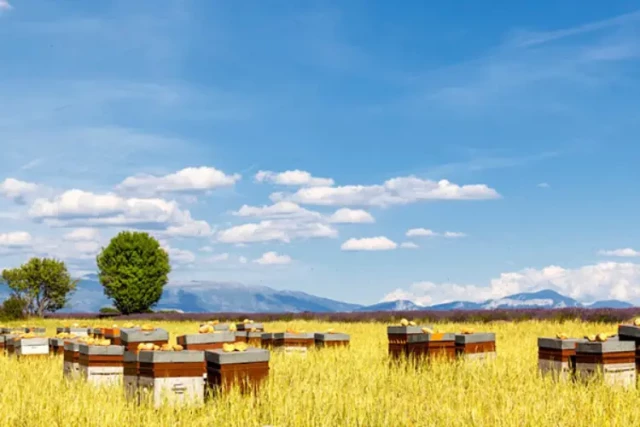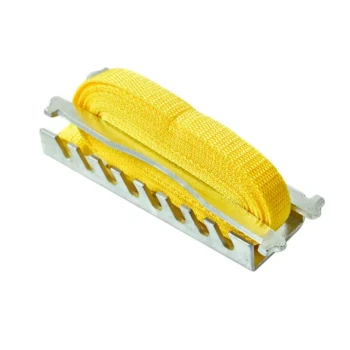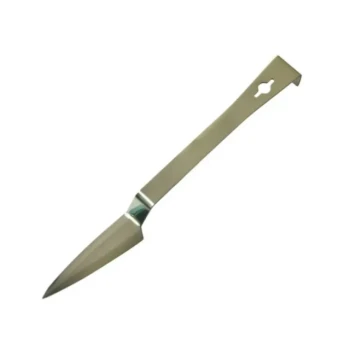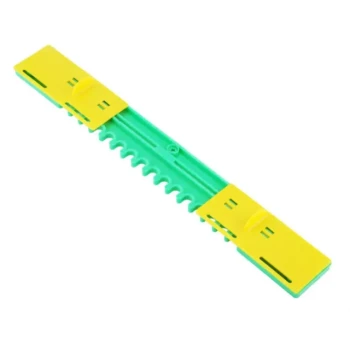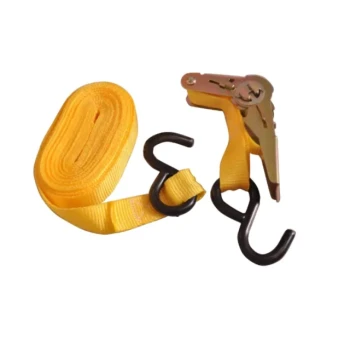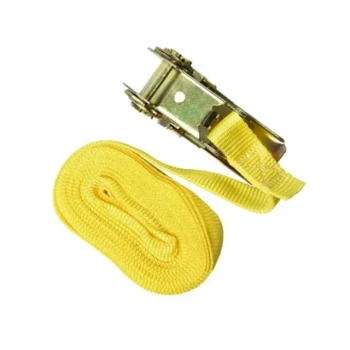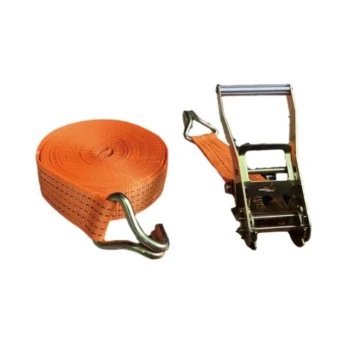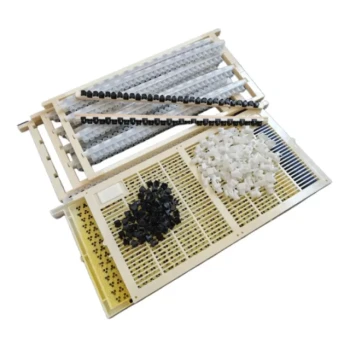Beekeepers face a critical decision when selecting hive frames: the right choice directly impacts colony vitality, honey production efficiency, and long-term operational costs. This guide examines frame materials, foundation types, and design features to help you optimize your apiary’s performance.
Understanding Hive Frame Fundamentals
Structural Role in Brood Development and Honey Storage
Frames serve as the architectural backbone of your hive, influencing:
- Brood pattern consistency: Properly spaced frames encourage uniform comb building, reducing erratic brood placement that complicates inspections.
- Honey storage efficiency: Deeper frames allow bees to store surplus honey vertically, minimizing the need for additional supers during heavy nectar flows.
Research shows bees naturally prefer building comb in cavities measuring approximately 1.5 inches—a spacing replicated by most commercial frames to mimic natural habitats.
Impact on Beekeeper Workflow
Frame design dictates operational efficiency:
- Weight considerations: A fully drawn deep frame can hold over 5 lbs of honey. Plastic frames reduce weight by 20-30% compared to wooden equivalents.
- Inspection speed: Self-spacing frames with integrated spacers save 15-20 seconds per box during hive checks.
Pro Tip: Have you considered how frame weight affects your ability to manage multiple hives during peak season?
Comparing Frame Materials and Designs
Wooden Frames vs Plastic Frames: Durability and Bee Behavior
| Feature | Wooden Frames | Plastic Frames |
|---|---|---|
| Bee Acceptance | Higher initial acceptance | May require wax coating |
| Repairability | Splints and glue fix breaks | Warping in heat often permanent |
| Pest Control | Requires maintenance to deter wax moths | Less susceptible to pest damage |
Key Tradeoffs:
- Plastic frames arrive pre-assembled, saving 2-3 hours per 100 frames in labor
- Wood offers customization—beekeepers report 40% higher wax production in foundationless wooden frames
Foundation vs Foundationless: Pros, Cons, and Wax Production
Wax Foundations
-
Pros:
- Crimped wire supports prevent comb collapse during extraction
- Standardized cell size may help deter varroa mites
-
Cons:
- Commercial wax often contains pesticide residues (studies show 60-80% of sampled wax)
Foundationless Systems
-
Pros:
- Bees build natural cell sizes (4.9-5.4mm vs foundation’s 5.2-5.4mm)
- Eliminates foundation costs
-
Cons:
- Requires starter strips or wedge-top frames
- Comb fragility increases extraction challenges
Sustainable Practice: Some apiaries rotate 30% foundationless frames to maintain wax purity while ensuring structural stability.
Selecting Frames for Your Beekeeping Goals
Maximizing Honey Harvests: Frame Features That Matter
- Comb Depth: Medium-depth frames (6¼") allow easier extraction than deep frames (9⅝") when full of honey
- Frame Width: Narrower frames (1⅛") enable more combs per box, increasing total wax surface area
- Reinforcement: Cross-wired foundations support 25% more weight during centrifugal extraction
Sustainable Practices: Eco-Friendly Frame Options
- Recycled Plastic Frames: Made from post-consumer HDPE, these reduce petroleum use by 40%
- FSC-Certified Wood: Ensures responsible forestry practices
- Beeswax Dipping: Extends wooden frame lifespan by 3-5 years versus paint alone
Case Study: A Vermont apiary reduced frame replacement costs by 60% after switching to dipped pine frames with stainless steel spacers.
Ready to Optimize Your Hive Productivity?
HONESTBEE’s wholesale beekeeping supplies help commercial apiaries and distributors balance colony health with operational efficiency. Our frame selection combines industry-leading durability with bee-friendly designs—request your catalog today to explore solutions scaled for your operation.
Final Thought: The ideal frame system harmonizes what bees need with what beekeepers require—a partnership where both species thrive.
Visual Guide
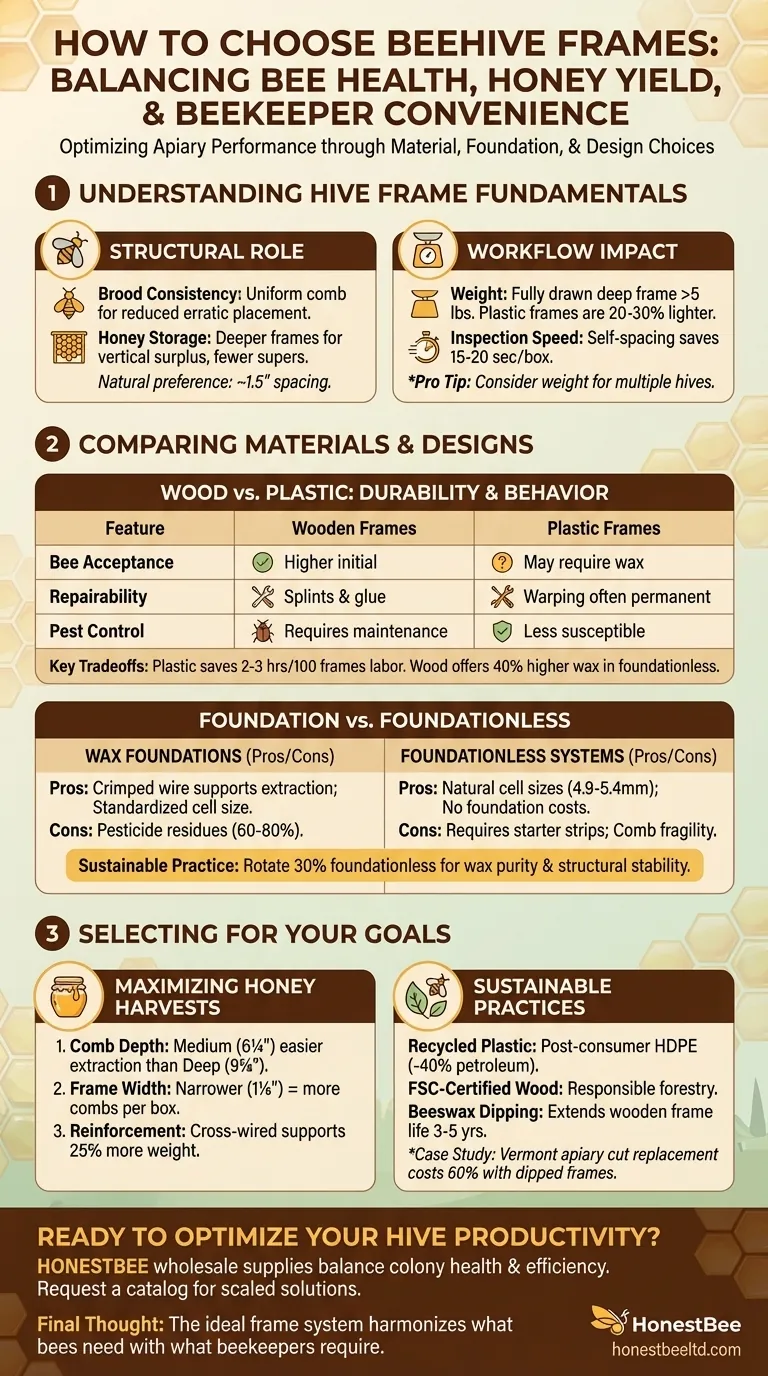
Related Products
- Wooden Bee Hive Frames for Beekeeping and Wholesale
- Copper Bee Frame Eyelets for Beekeeping
- Food Grade Plastic bee Foundation for Bee Frames
- Heavy-Duty Nylon Beehive Hive Strap with Stainless Steel Cinch Buckle
- Professional Galvanized Hive Strap with Secure Locking Buckle for Beekeeping
